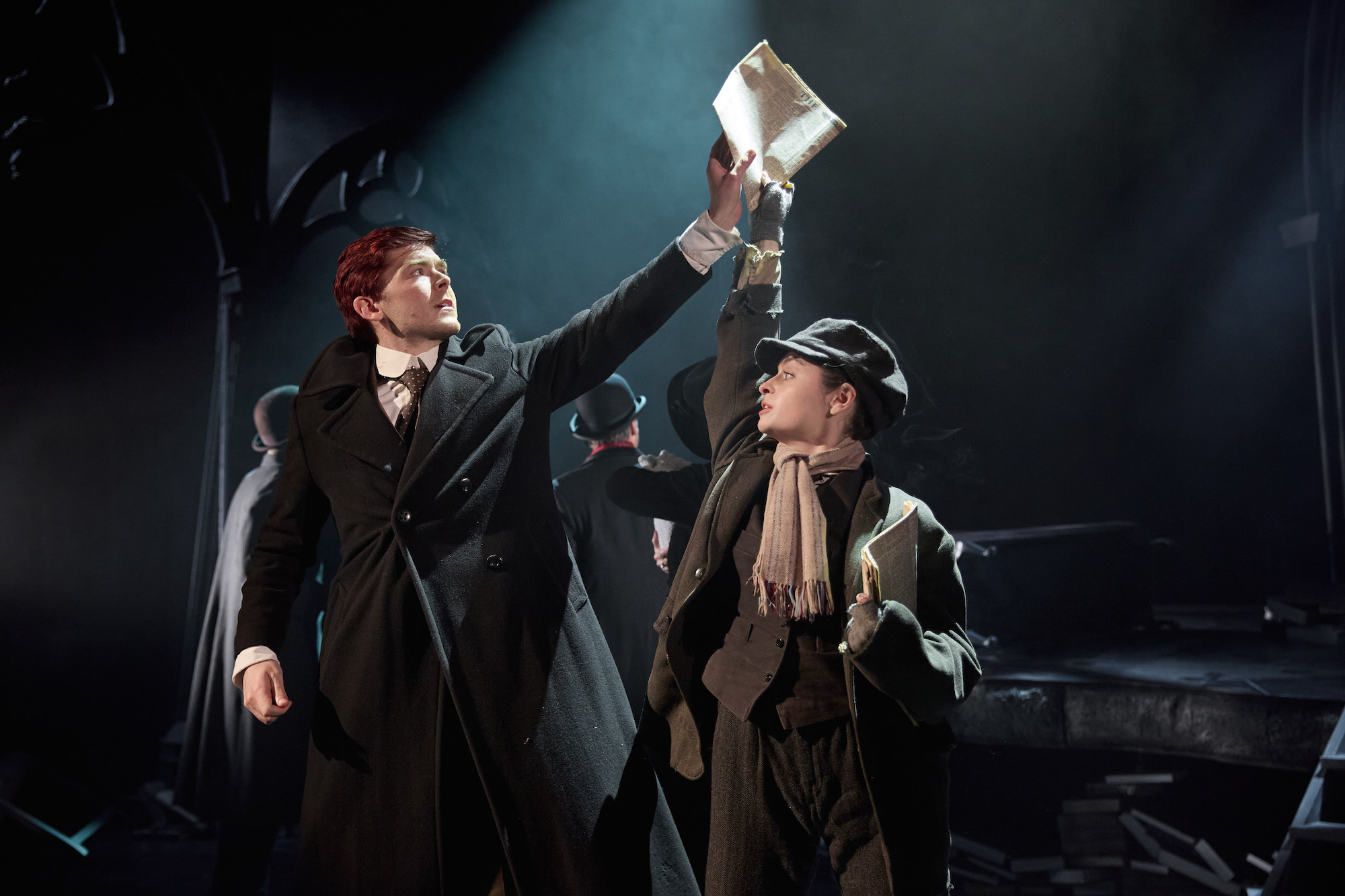
Culture Writer Charis Gambon reviews Into Battle, a play retelling the events of a true story, and discusses its themes of class difference and family expectations
Into Battle, written by Hugh Salmon, retells the events of a true story of a feud at Balliol college in Oxford. It is also a story of historic significance. The First World War features heavily in the latter act of the play and in the first half events such as the rejection of Lloyd George’s people budget by the outraged House of Lords. The play showcases incredible social awareness and provides an honourable act of remembrance for the very real people who are portrayed within the theatre piece.
In the first act, the feud features heavily and is offset by a comparison to the outside political and social tension that is increasing within the country. The struggles of the poor within the country during the 1900s are shown to the audience through the eyes of 12 year old Walter Perkins (Anna Perkins), who is said to have been rummaging in the bins for leftover food and had taken mouldy cheese as it was better than going hungry.
Salmon was able to capture some of the social inequality issues within England at the time and the fallout that it was inevitably causing
This is then compared to the elite and extravagant parties thrown by Lady Desborough. As someone who has a background in studying history, I thought it was outstanding that Salmon was able to capture some of the social inequality issues within England at the time and the fallout that it was inevitably causing. Molly Gaisford, within her portrayal of Lady Ettie Desborough, provided a perfect visual portrayal on the viewpoint of the elite when she commented that she did not understand why someone would strike because surely, they need to work to provide for their family; this pure ignorance of society really did occur.
The polar opposite views held by people within English society at the time are showcased perfectly by Keith Rae (Joe Gill) and Billy Grenfell (Nikolas Salmon). Rae wishes to help the poor and seeks to put others first, and while Grenfell believes that he is superior due to being from an elite family, he simply wishes to have fun even if it is at the expense of others. Whilst it is a ‘school boy’ feud, the two do also represent the dramatic split between England as a whole.
Family expectations versus personal desires is another theme that is explored within the piece. Julian Grenfell produced a book that he desired to have published, however due to the critical nature of the House of Lords, his mother would not allow the publication of the book. She sought to think about the scandal it could cause the family name and she commented that his future was already set up for him to follow his father footsteps. The idea of following after his father could not be further away from what Grenfell wanted. The internal struggle between family and self is one that is often an issue for individuals who are part of an elite family.
Act two brings about the First World War and all of the male figures portrayed within the first act join up and engage in the war. Grenfell and Rae are placed within the same regiment, the rifles. However, they were able to put aside their childish feud from their university days and work together for the good of the war effort. Rae and Grenfell actually help each other out when Rae watches his men so that he can go and see his brother in hospital. Grenfell then returns the favour by rescuing Perkins, who means a lot to Rae. The theme of brotherhood and looking out for each other is a common occurrence between men who fought together within war.
The fact that every individual represented within the theatre piece is a real person really makes the intended message powerful and real
The fact that every individual represented within the theatre piece is a real person really makes the intended message powerful and real. Every male who went to war within the piece apart from Perkins and Talbot die within war. The fact that they were all from the same city demonstrates how many men were lost from one area and really hits home with the audience just how devastating warfare is. The fact that when an individual dies they are shown at the top of the stage draw attention to them and means that the audience cannot avoid the inevitable. The true human cost of war is demonstrated incredibly well within the theatre piece. The bodies of the fallen are not cleared from the stage after they are shown to die, they all lay together at the top of the stage which is a powerful and visual way to incite an emotional feeling from the audience
I believe that having the actors say who they were and when they died was a thoughtful way to honour the memory of those real individuals. The play is a very emotional, personal and visual way to honour the memory of Ronald Poulton-Palmer, Walter Perkins, Reverend Neville Talbot, Julian Grenfell, Keith Rae, Patrick Shaw and Billy Grenfell.
Enjoyed this? Read more theatre reviews on Redbrick Culture!
Theatre Review: Though This Be Madness
Comments